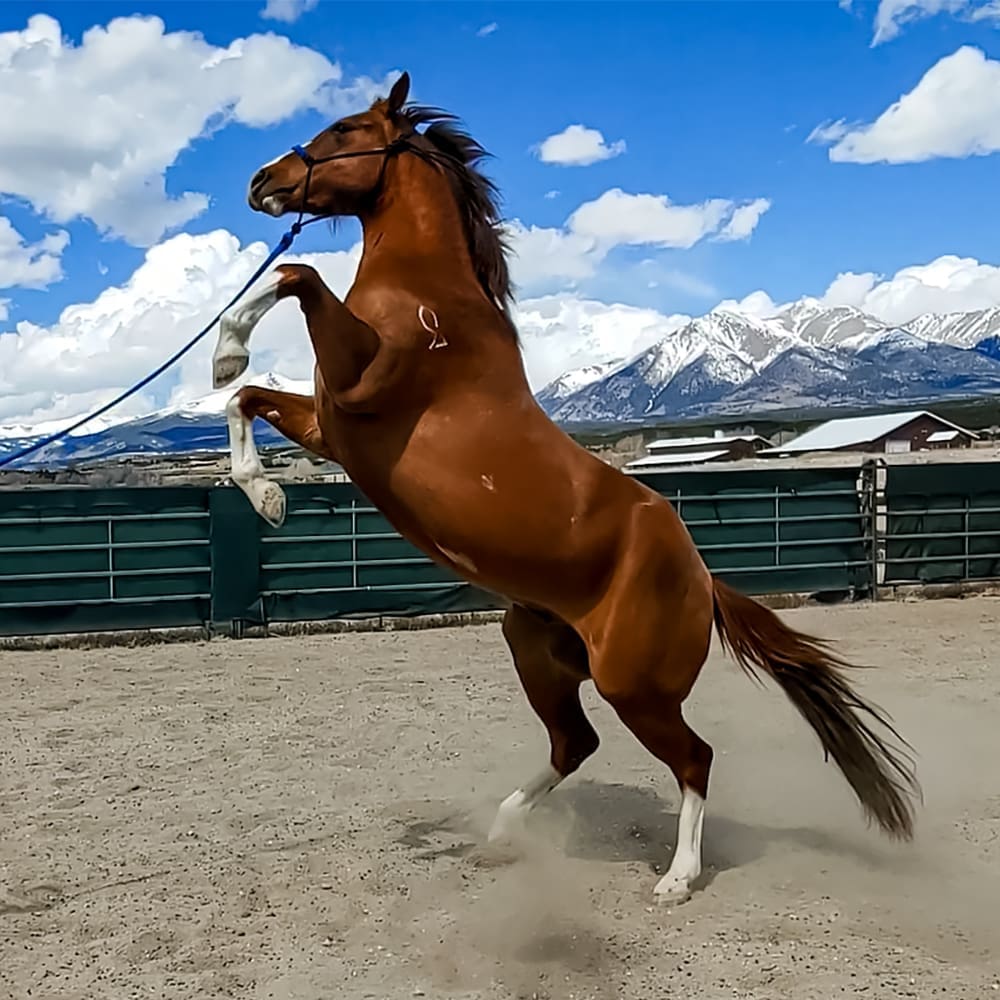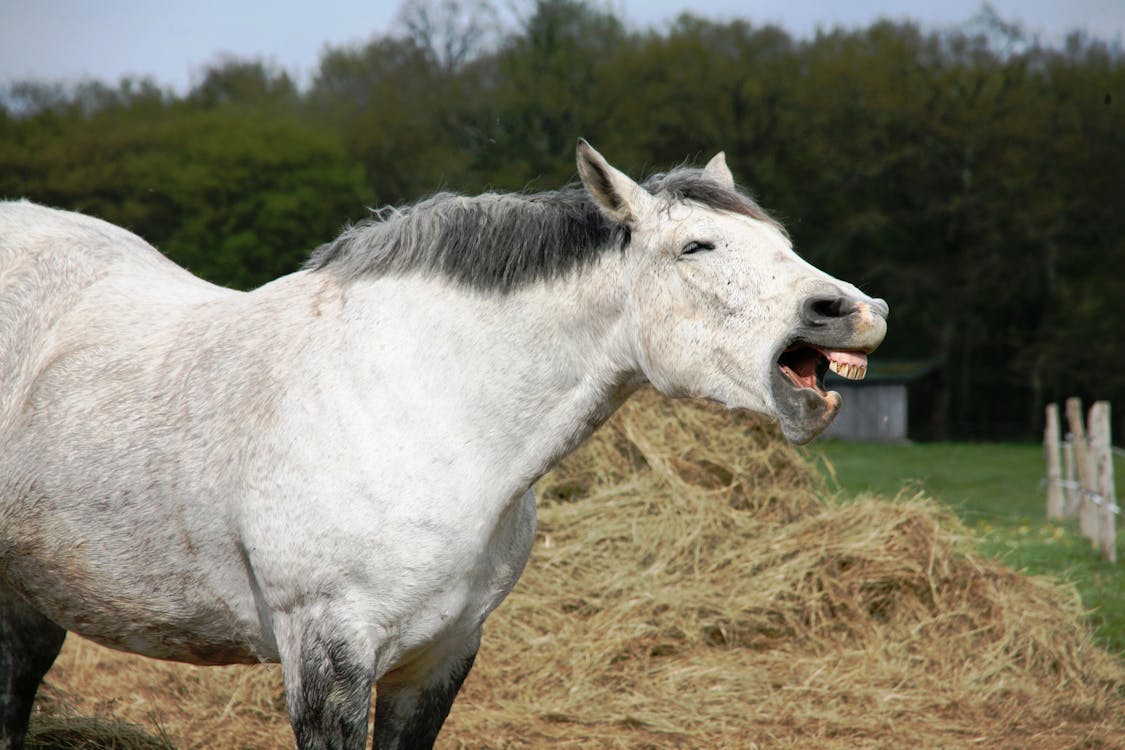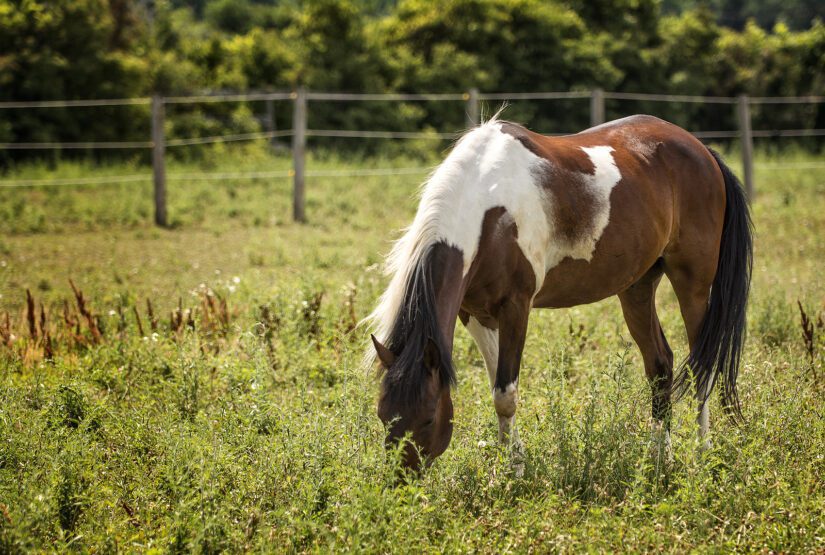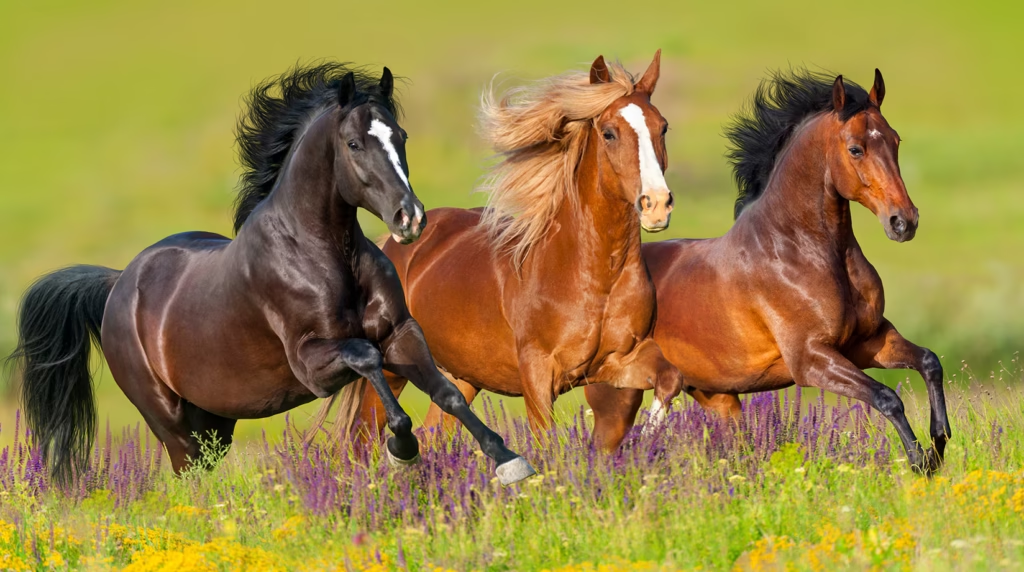What Does a Horse Look Like?

Horses are majestic creatures known for their beauty and grace. With their long, powerful bodies and swift movements, they have captivated humans for centuries. But what exactly does a horse look like?
Physical Characteristics of a Horse

A horse’s physical appearance can vary depending on its breed, but there are some general features that define the species.
- Body Shape and Size: Horses typically have large, muscular bodies built for speed and endurance. Their bodies are proportionate, with strong shoulders and hips that support powerful legs. On average, horses stand between 4.5 and 6 feet tall at the withers (the ridge between the shoulder blades) and weigh anywhere from 900 to 2,200 pounds, depending on the breed.
- Head and Face: The head of a horse is long and elongated, with large, expressive eyes that can see almost 360 degrees around them. This wide field of vision is helpful for spotting predators. A horse’s ears are sensitive and move independently to detect sounds from different directions. They also have a long, flexible muzzle with large nostrils to help them breathe easily.
- Mane and Tail: Horses typically have a flowing mane that starts from the top of their neck and runs down along one side of their neck. The mane can be straight, wavy, or curly, depending on the breed and genetics. Their tails are long and covered with thick hair, often used for swatting flies. The tail is a prominent feature, often seen flowing gracefully behind them as they move.
- Legs and Hooves: Horses have long, powerful legs designed for running at high speeds. Each leg ends in a single hoof, which is made of tough keratin and provides stability and protection when walking, running, or jumping. Horses’ hooves require regular care to ensure they stay healthy and prevent injuries.
- Coat and Color: Horses’ coats come in a variety of colors, which can be solid or patterned. Some of the most common colors include:
- Black – Solid black coat, with no other colors.
- Brown (Bay) – A reddish-brown coat with black points (mane, tail, and legs).
- Chestnut – A reddish coat, typically without black points.
- Gray – Often born a darker color, then lightens with age.
- White – Pure white coat, though rare.
- Palomino – A golden coat with a white mane and tail.
- Paint or Pinto – A coat pattern with large patches of white and another color.
- Markings: Many horses have unique markings on their faces or legs. Some of the most common facial markings include:
- Star – A small white spot on the forehead.
- Blaze – A wide stripe down the center of the face.
- Snip – A small white marking on the nose or between the nostrils.
Leg markings can include socks (white markings covering part of the legs), stockings (white markings covering the entire leg), or coronet bands (small white bands around the hoof).
Behavior and Movement

Horses are known for their graceful movements. When walking, they exhibit a smooth, four-beat gait. At a trot, they move in a two-beat diagonal pattern. Horses can gallop at high speeds, and their powerful strides make them agile and efficient runners.
What’s Special About a Horse?

Horses are remarkable for their beauty, strength, and intelligence. They have been partners to humans for thousands of years, playing essential roles in transportation, agriculture, and sports. Horses are known for their speed, agility, and endurance, making them incredibly versatile in many environments. They also have unique behaviors, like forming strong bonds with other horses and humans, and their ability to communicate through body language and sounds is highly developed. With different breeds, each horse has its own specialized abilities, whether for racing, work, or companionship. Their ability to connect with humans emotionally is another special trait, making them loved as pets and therapy animals.
Which Horse is Female?

A female horse is called a mare. Mares are typically adult female horses, while a filly refers to a young female horse. Male horses are called stallions if they are uncastrated and geldings if they have been neutered.
Is a Zebra a Horse or Donkey?

A zebra is neither a horse nor a donkey, but it is closely related to both. Zebras are members of the Equidae family, just like horses and donkeys. They are actually a separate species within this family, known for their distinctive black-and-white striped coats. While horses, donkeys, and zebras share common ancestors and some physical traits, zebras are distinct in their behaviors, social structures, and appearance. Although zebras and horses can interbreed (creating hybrid offspring called zebroids), they are different species, with zebras having a more wild nature and different genetic characteristics.
How Long is a Horse Pregnant?

A horse’s pregnancy, or gestation period, typically lasts about 11 months (340 days on average), although it can vary slightly depending on the individual horse and breed. Foals (baby horses) are usually born in the spring or early summer, after this period, and they are born fully developed, able to stand and walk within a few hours after birth.
Conclusion
Horses are striking animals, each with their unique appearance and characteristics. From their strong bodies to their expressive faces and flowing manes, they are creatures of beauty and power. Whether they are racing across fields, working with humans, or simply standing in a pasture, horses continue to captivate people around the world with their elegance and strength.

Alexander Smith is an accomplished blogger with years of experience in crafting engaging and insightful content. Known for his expertise and passion for storytelling, Alexander brings a unique perspective to Fascinate Names, captivating readers with his thoughtful analysis and fresh ideas. His extensive background in digital media and writing makes him a valuable voice in the blogging community.

